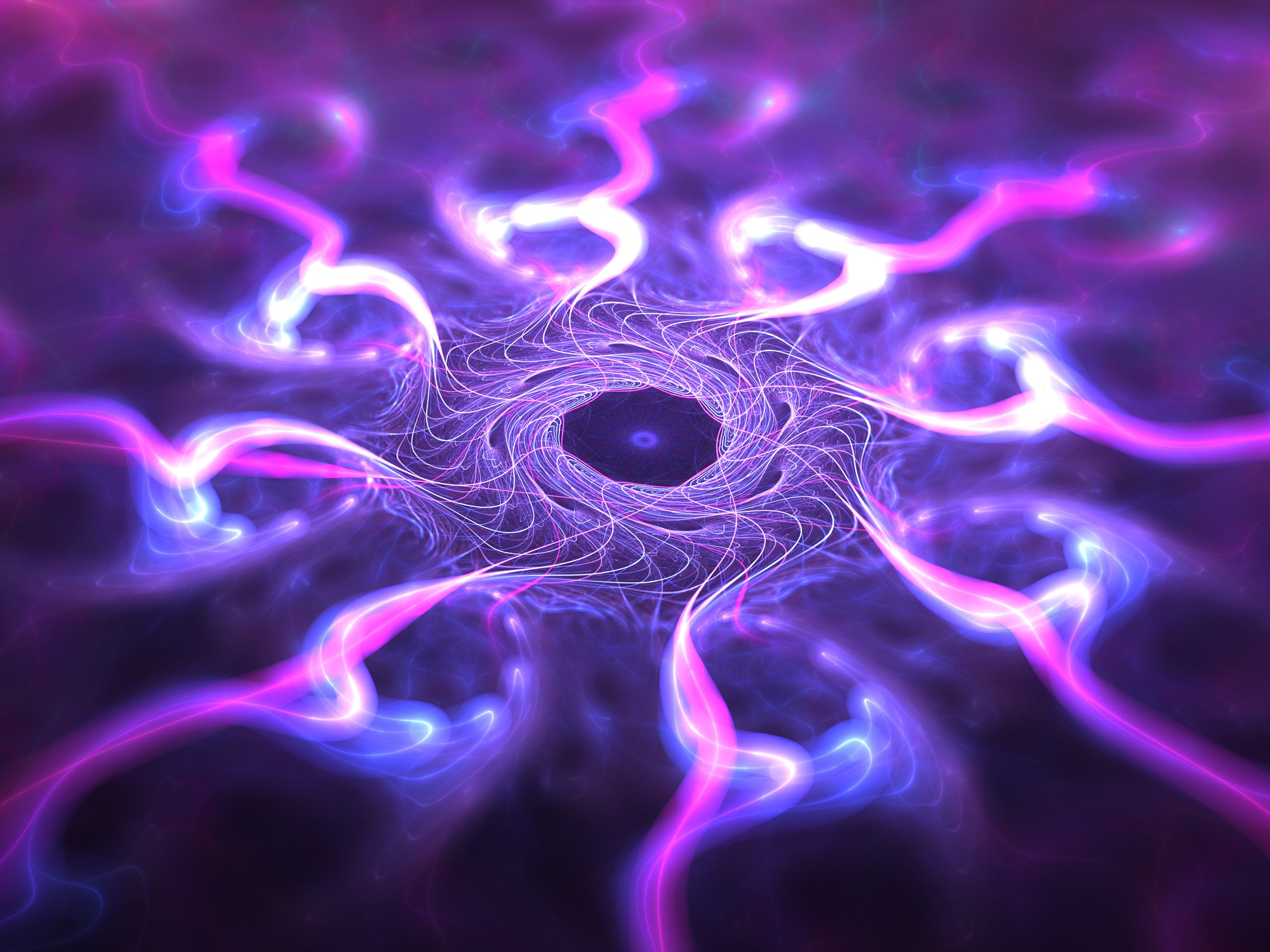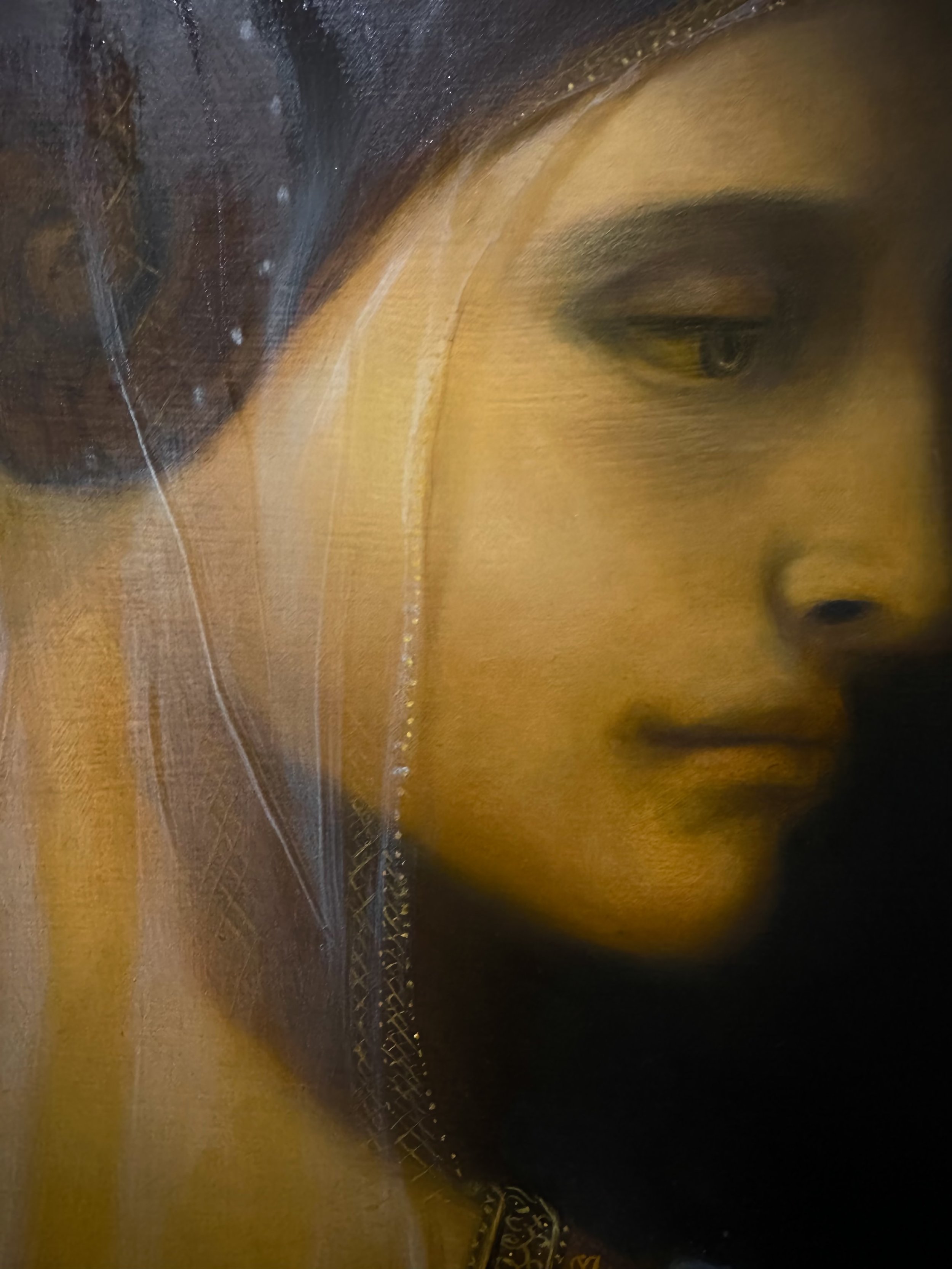Creation - the antidote to nihilism
Like the counterintuitive emission of matter from a black hole, the seemingly ever-absorbing presence of nihilism is responsible for the creation of meaning through art
“One must give value to their existence by behaving as if one’s very existence were a work of art.”
Note above how Nietzsche states that one “must” give value.. not one can or should. In this short article, I explore how and why creative expression, in the form of art, is a fundamental necessity to life and meaning - and that without it is left only the empty void of nihilism. In short, how we are responsible to create our own meaning - both at the individual level and as a whole.
Artistic creation and nihilism have held a relationship that has long captivated the minds of philosophers, artists, composers, sculptures, and all creative thinkers. Nihilism fundamentally asserts the belief that life lacks inherent meaning, purpose, or intrinsic value. It questions the existence of subjective truths and challenges conventional notions of meaning and morality. In the realm of artistic expression, the encounter with nihilism can be unsettling but necessary, leading to profound insights into human experience itself. With the increasing presence of scientific process, social media, awareness of the vastness of all that is around us, and the decline of religion at the heart of many families and communities, the fall into nihilism is as easy today as it ever has been. Thus, why here I claim that the creation of new and beautiful objects and images is critical to sustaining a healthy notion of meaning on Earth. Objects that can take one man’s subjective experience and communicate it - with all its subtlety, understanding and nuance - to another man. Objects that can endure the passing of time that makes ephemeral the original experience and story.
Artistic creation has often emerged as a response to the inevitable human quest for meaning. Artists strive to give form and substance to the intangible, seeking to convey their subjective experiences and perceptions of the world. In this pursuit, they often have had to grapple with existential questions, exploring the complexities of existence and the nature of reality. Nihilism, with its radical skepticism and denial of meaning, could therefore be seen as a confrontation with the very foundations upon which artistic creation rests.
At first glance, nihilism may appear to undermine the very purpose of artistic endeavours. If life is devoid of inherent meaning, one might question the significance or purpose of artistic expression itself. What is the point in attempting to communicate a story or meaning, where there is but only the void of cold matter to be found? Why create images when the subjects are nothing but impermanent grey ash - that are blown away with the endless gust of time? Why play when notes will forever be lost to the indifferent silence of space?
In this short article, I suggest ways in which embracing the logical conclusions of nihilism can paradoxically lead to a deeper understanding of the human experience, thereby heightening the importance and relevance of artistic creation - even for its own sake. By confronting the existential void, artists are compelled to delve into the depths of their own consciousness, pushing the boundaries of creativity and introspection. In the face of nihilism, artists have the opportunity to explore alternative sources of meaning and purpose, and in doing so create the very thing they set out to seek. Artists and audiences are constantly challenged to find significance within the subjective realm, acknowledging the power of individual interpretation and personal narratives. Rather than seeking objective meaning, artistic creation becomes a means of embracing and celebrating the multiplicity of human experiences and the nature of what creation itself really means.
The Artist in his Studio - Rembrandt c. 1628. Depicting the very process of creation itself. Generated by the bright edge facing the viewer and deep shadows surrounding it, note how Rembrandt depicts the source of light in this paintings as coming from the unseen canvas. Rembrandt, the artist, shown in the shadow is secondary to the painting that he is creating. The act of creation, and the created object is what gives definition and meaning to the artist.
Creation both in the abstract philosophical sense and its more practical forms is intrinsically self-fulfilling. The act of creating something, in and of itself creates the very thing it is fundamentally about. By painting an image of a tree, you are creating an object that by its inception tells a story of another object (a tree) that itself has risen to its meaningful and substantiative self from the “nothingness” that existed before its growth.
When looking at a painting, there are (at least) two levels at which it can be viewed. The first is that which most people instinctively jump to - the level of what the picture is depicting. Whether it be a landscape, a Madonna and Child, or an abstract set of concentric circles, one stands before the image and thinks, for example, “what an attractive landscape”. The second level, looking outside of the image is the level of the created object. That is, looking at the piece of canvas or wood, upon which have been placed ground up pieces of soil, crushed stone, and oils before being placed in a large rectangle made of carved wood and seeing that as an item itself that was lovingly and carefully brought into being by another human being. Seeing, by way of appreciation of the skill and time that must have gone into it, the heights of what the human gift for creation can achieve and the meaning that is brought into the world by this creative process.
The Strength of Art in the Face of Emptiness
The contemplation of nihilism can also serve as a seed for stubborn human strength and defiance. Artists may actively reject the notion of a meaningless existence, using their creative expression as a form of defiance against the nothingness of space. By infusing their work with depth, passion, and emotion, they strive to counteract the perceived insignificance of life. In this way, the act of creating becomes itself an act of affirmation, a testament to the human capacity for generating true meaning and the resilience of the human spirit. Without it, there truly would be nothing. With it, there is everything. Everything that was, is, and will be. Pieces of art are objects that were created in the past, are seen in the present and change the future.
Art as a reminder of the fragility and transience of life
The Hay Wain - John Constable 1821. The pausing of an instant in time. The ephemeral moment as the famous hay wain crosses the river outside Willy Lott’s cottage, overseen by the small spaniel by a field of cows which would naturally last for a mere millisecond will now endure forever. The view and contemplation of a single mind has become that of a thousand and will continue to become so for centuries to come. Without such an image, it would be simple to argue that nothing about a wain crossing a river mattered, beyond its immediate function of transportation. Through Constable’s genius in creation we can appreciate how everything about it matters. Image from the National Gallery London.
Furthermore, the contemplation of nihilism serves as a reminder of the fragility and transience of the present. The awareness of our limited time on Earth can ignite a sense of urgency and intensity in artistic endeavours. Artists will find solace and purpose in the act of creation itself, embracing the fleeting moments of beauty, connection, and transcendence that art can offer. By embracing the impermanence of existence, works are infused with an appreciation for the present moment and the profound experiences it can hold. By acknowledging and pausing that finite moment, to be shared for many moments than it was originally intended and with a multitude of others, an artist can transform a millisecond into an hour; a single frame into an entire story. Art acts therefore as a constant push back to the nihilistic force of time which forever seeks to reduce the duration of an event only to the here and now.
Rather than stifling creative expression, nihilistic tendency is fundamentally necessary. By confronting the existential void, artists have the opportunity to challenge conventional notions of significance and discover profundity in the human condition. In this way, the interplay between artistic creation and nihilism becomes a powerful force that enriches our understanding of the complexities of existence and reminds us of the enduring capacity for meaning, even in the face of apparent meaninglessness.
If you ever find yourself in a moment of blue or thinking of the futility and meaningless of existence, a great way to return to a mindset of fulfilment is to go out and create something, anything. Whether for 5 minutes or 5 years - go and experience with your very own fingertips the divine skill that each and every human is blessed with. The skill of creation. Creating something that is virtuosic is not important. Art does not exclusively create pretty objects. The act of creating is, first and foremost, about the bringing about of something from nothing. If done in earnest, this is where beauty and meaning is to be found.





